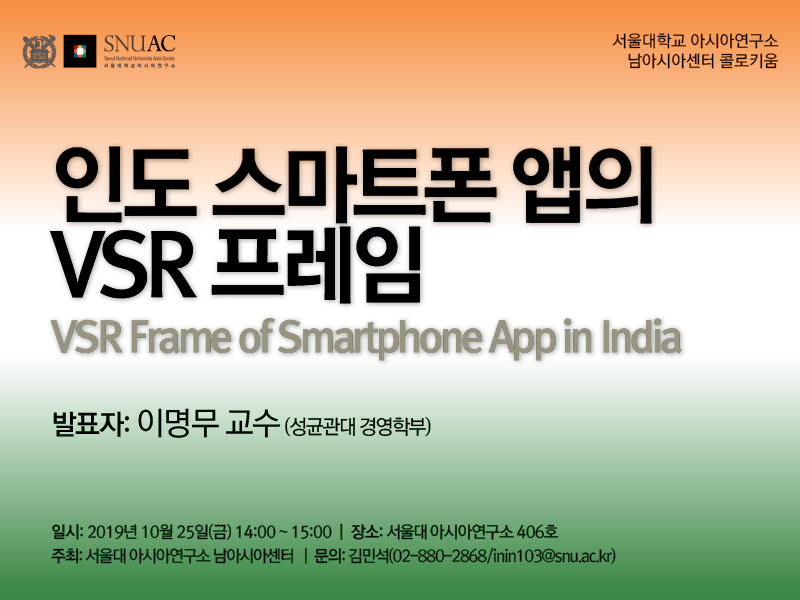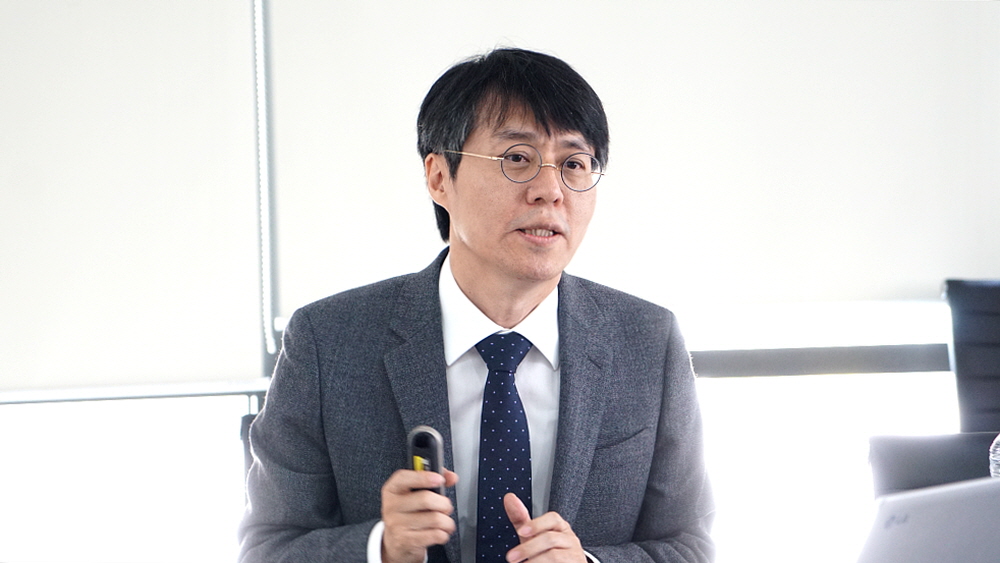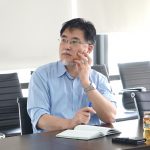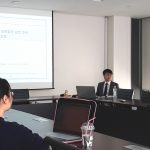VSR Frame of Smartphone App in India
- Date: October 25th, Friday, 2019 14:00-15:00
- Location: Room 406, SNUAC (Bldg. 101)
This study considers the limitations of previous studies on smartphone apps that were mostly constrained to advanced nations and conducts a comparative analysis on the smartphone users of Korea, a leading nation in smartphones, and of India, a newly rising smartphone market. Among smartphone users of Korea and India, those with experience of purchasing one or more apps in the app store were selected as the subject of study and their awareness levels on the VSR (Customer Value, Satisfaction and Repurchase Intention) frame were compared. The research model was constituted by referring to the results of precedent studies and adding diverse items related to smartphone apps. In terms of the customer value of the apps, perceptual factors, customer service, convenience, design, promotion, consumer’s risk, and connectivity were selected. And it was analyzed how these selected elements of customer value affect satisfaction and repurchase intention.
Speaker: Myung-Moo Lee (Professor, Dept. of Business Administration, Sungkyunkwan University)
Dr. Lee received his bachelor’s degree in Indian language and Ph.D. in business at Hankuk University of Foreign Studies. He has taught at Hanyang Cyber University and Hongik University, and now belongs to University College at Sungkyunkwan University. He has been selected as a visiting scholar to SNUAC and is currently undergoing research on the institutional voids in South Asia. He has published over 50 articles on the IT industry of India, BoP (bottom of the pyramid), appropriate technology, frontier business, and technological business, and continues to work on research projects related to the BoP, appropriate technology and Fablab of India.
On October 25th, a guest lecture was held by South Asia Center on the topic ‘VSR Frame of Smartphone App in India’. The lecture introduced the VSR frame with which to analyze the smartphone market and compared the results of applying the frame in Korea and India to examine the implications of those results.
When analyzed in the frame of V (Customer Value), S (Satisfaction), and R (Re-purchase intention), there are slight differences in Korea and India. Yet there appear to be sufficient motivations for Korean corporations to expand to the Indian market as India 1) only has 24% supply rate of smartphones; 2) nonetheless has great potentials and already takes up a considerable part in the smartphone market; 3) and does not follow a typical developmental route for developing nations but a faster, compressed route with technological elites who have studied overseas. The lecture provided us with insight to recognize the different points in the meanings of smartphones and smartphone markets.






